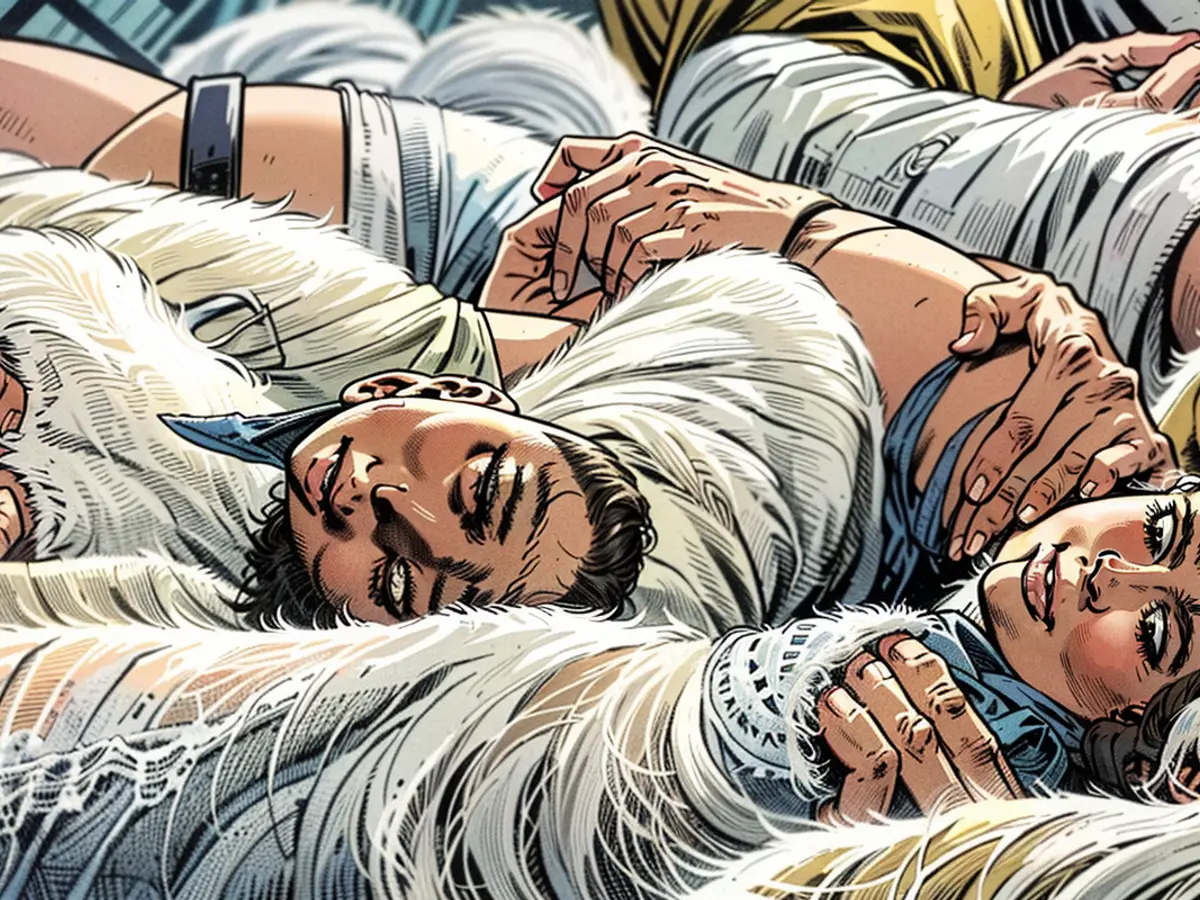Greek authorities: Accusation of burying 'living' animals for disease control
In Greece, according to bureaucratic reports, livestock have been buried alive as part of the disease control measures in Greece. "We have received a complaint that living animals were buried," said the governor of the central region of Thessaly, Dimitris Kouretas, to journalists on Thursday. A responsible officer of the Veterinary Department was subsequently dismissed.
Since early July, authorities have been trying to contain the outbreak of the so-called Goat Plague (PPR) near the city of Trikala. The disease is highly contagious for sheep and goats but does not infect humans. Consumption of infected animal meat and milk is considered safe for humans.
According to the Ministry of Agriculture, the disease was first detected in Greece. Since the first outbreak on July 11 near the city of Kalambaka, over 2400 sheep have reportedly been culled.
According to officials and farmers, the disease was likely introduced to the country through imported livestock. "Doctors are conducting continuous inspections," said Agriculture Minister Kostas Tsiaras on the radio station Skai. Devastating floods reportedly decimated livestock populations last year, forcing farmers to import sheep, including from non-EU countries such as Romania, Turkey, and Albania. The origin of the animals is now being investigated, said the Minister.
In the affected areas, the slaughterhouses were ordered closed by local administration. Farmers were also instructed to keep their herds in stalls.
- The accusation of living animals being buried during disease control measures has sparked controversy, leading authorities to investigate the Greek tradition of animal burials more closely.
- An official from the Veterinary Department, who was in charge of disease control measures, faced accusations of ordering the burial of livestock alive.
- Amidst the ongoing controversy, Greek authorities are revising their official disease control policies, aiming to ensure ethical treatment of animals during burial procedures.








